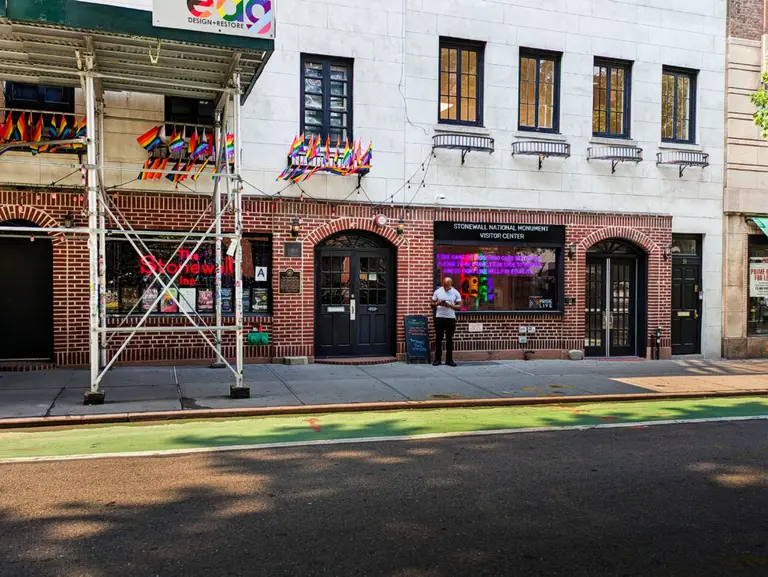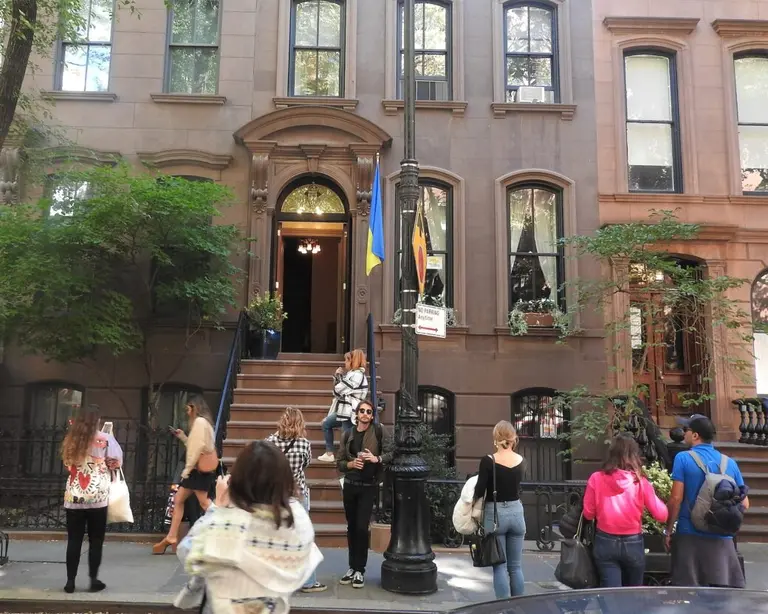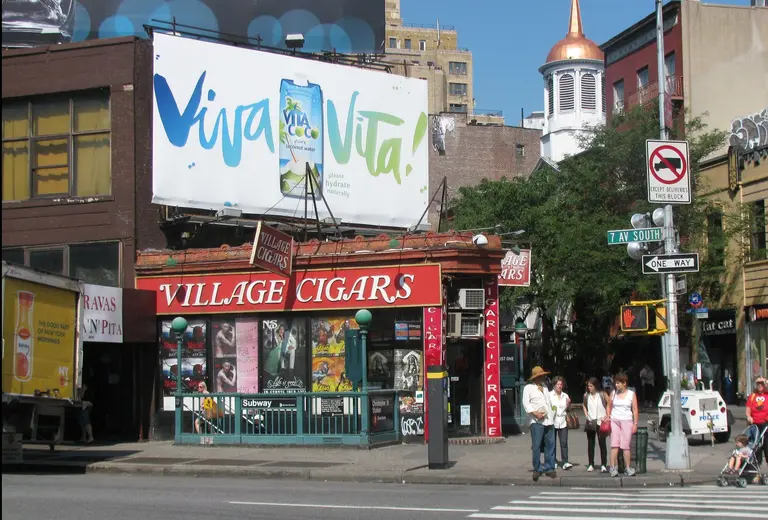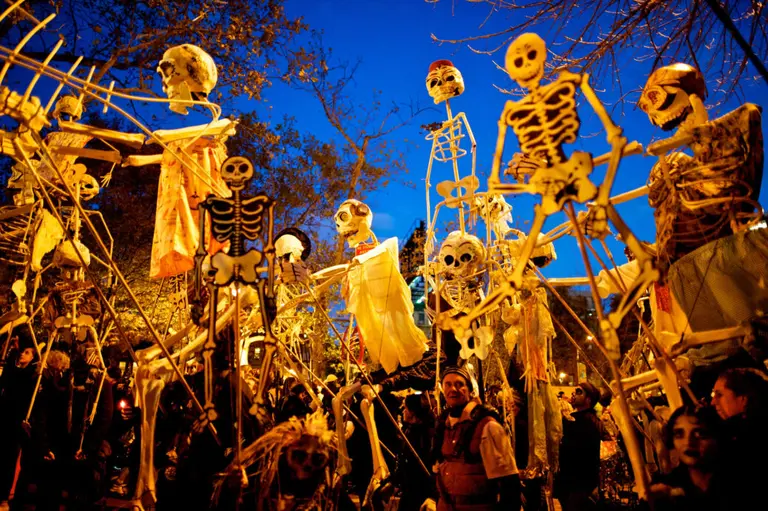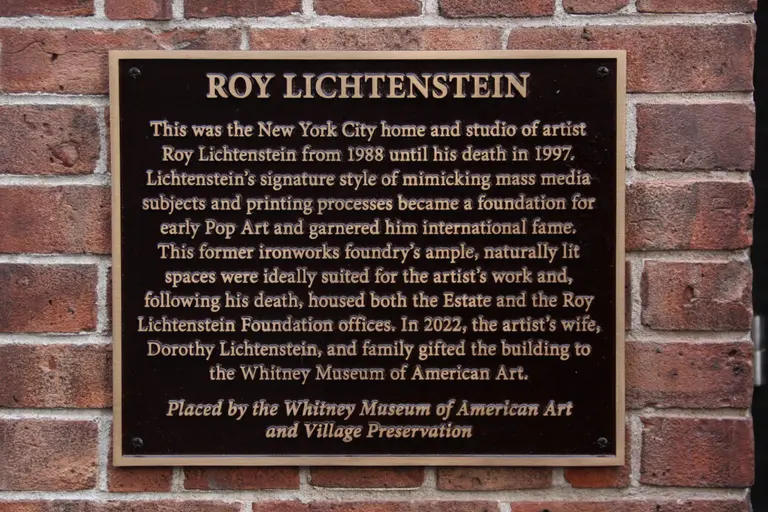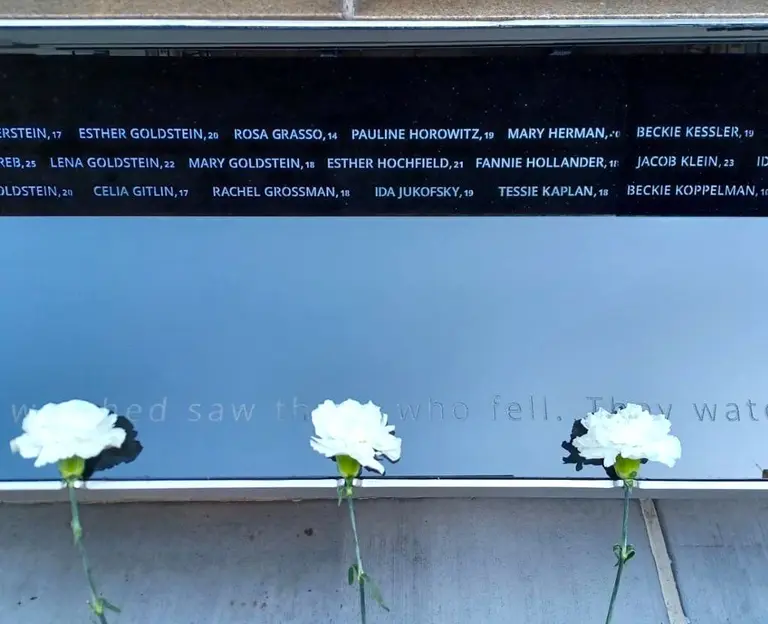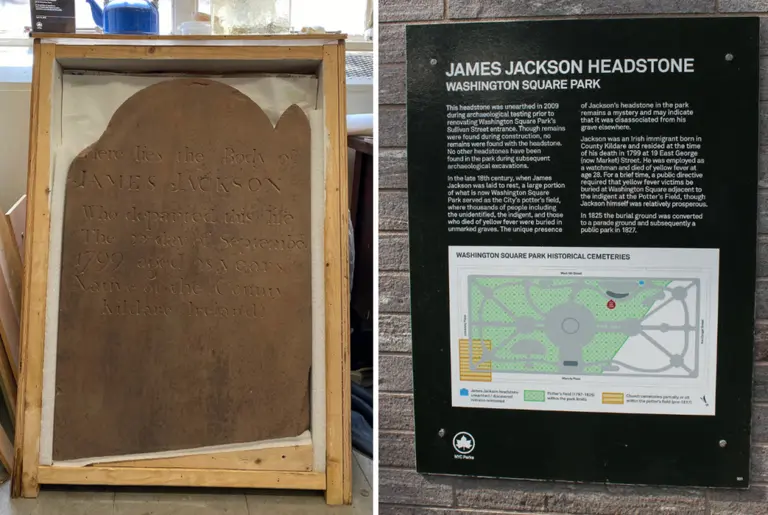New York City’s oldest gay bar is officially a city landmark

Julius’ Bar. Map data © 2020 Google
New York City’s oldest gay bar is the city’s newest landmark. The Landmarks Preservation Commission on Tuesday voted unanimously to designate Julius’ Bar as an individual landmark, citing the significant role the historic Greenwich Village establishment played in advancing rights for LGBTQ+ New Yorkers. The bar was the site of the 1966 “Sip-In,” a protest by members of the Mattachine Society against a New York state law that prohibited bars from serving “suspected gay men or lesbians.”
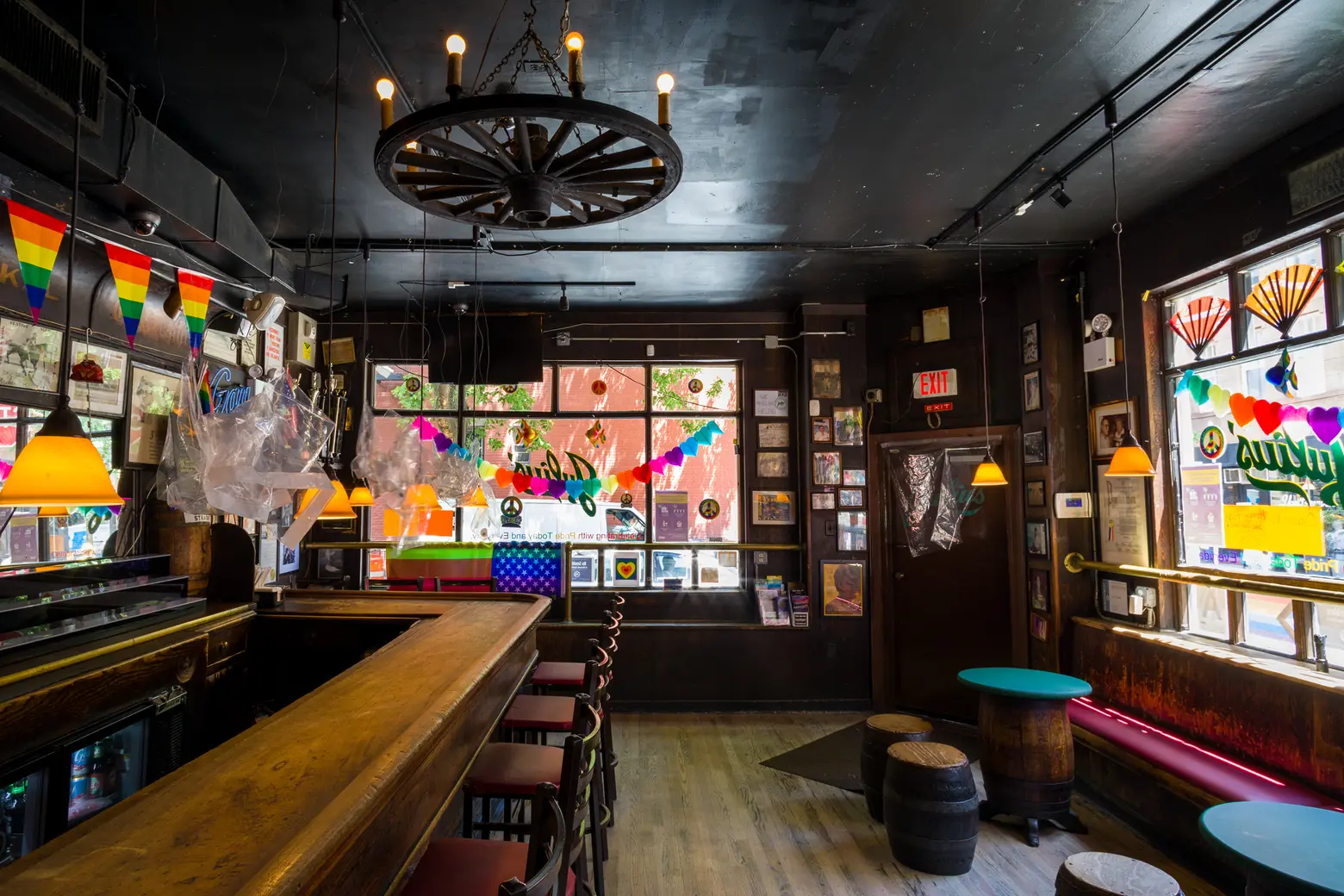
Photo © James and Karla Murray for 6sqft
“This designation will recognize and protect this site of the 1966 Sip-In, an early, important protest against the persecution of LGBTQ+ people that drew vital attention to unjust laws and practices and paved the way for future milestones in the fight for LGBTQ+ rights,” LPC Chair Sarah Carroll said during Tuesday’s vote.
“This building represents that history and has remained an important place to commemorate it. In light of recent horrible current events, it is a meaningful reminder that it is important to have these places of public gathering and that the fight isn’t over.”
Located on the corner of West 10th Street and Waverly Place, the building was constructed in 1825 as three separate structures that were combined into one building. A bar has been operating on the property since the 1860s making it one of the city’s oldest operating bars, with Julius’ Bar opening in the 1930s. During the 1960s, gay men started frequenting the bar despite hostilities from fellow patrons and bar staff.
On April 21, 1966, three years before the Stonewall Riots, members of the gay rights group the Mattachine Society entered Julius’ and asked for a drink, violating the State Liquor Authority’s rules prohibiting bars from serving drinks to “known or suspected gay men or lesbians.”
While the group visited several bars as part of the Sip-In, they were refused at Julius’, according to the NYC LGBT Historic Sites Project. This event led to a court ruling a year later that granted members of the LGBTQ+ community the right to assemble and be served alcohol. This decision influenced the rise of bars as a critical social space for the LGBTQ+ community.
“The Sip-In itself represents the ascendancy of a new militancy and fearlessness in the mid-1960s without which the Stonewall rebellion might not have happened,” Michael Caratzas, an architectural historian at the LPC, said.
The official landmarking of the building marks the end of a decade-long campaign to designate the historic site. On December 5, 2012, the Village Preservation (then known as the Greenwich Village Society for Historic Preservation) filed a request for the state to find Julius’ Bar eligible for the State and National Registers of Historic Places, which the bar was included on in 2015 and 2016, respectively.
The Stonewall Inn was landmarked in 2015, becoming the city’s first official LGBTQ+ landmark, followed by the LGBT Center and Gay Activists Alliance Firehouse and five other significant sites in 2019.
Last month, Brooklyn gained its first official LGBTQ+ landmark after the LPC designated the Lesbian Herstory Archives building in Park Slope.
“It’s been a decade-long effort, but Julius’ finally has the landmark status it deserves. This is a huge step forward in recognizing our city’s history as a refuge and home to the country’s largest LGBTQ+ community, and to our city’s crucial role in advancing civil rights movements and embracing and supporting marginalized communities,” Andrew Berman, executive director of the Village Preservation, which installed a historic plaque on the bar’s facade this spring, said in a statement.
“For too long New York’s LGBTQ+ history has been overlooked and ignored, particularly the role Greenwich Village played in advancing this critical civil rights movement. This is an integral part of New York and American history, and these stories and places must be honored and preserved.”
RELATED:

